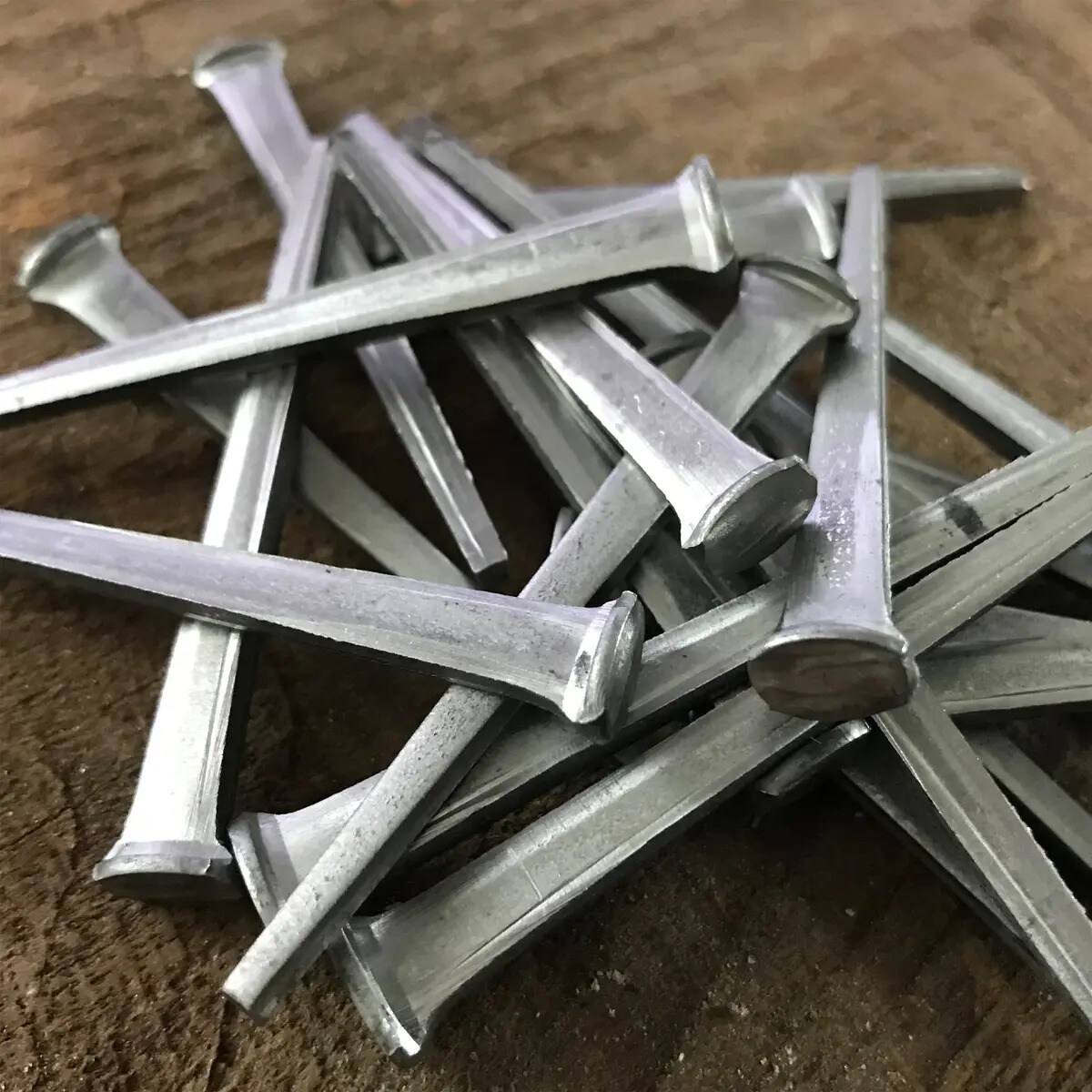

Articles
What Kind Of Nails Do You Use For Siding
Modified: January 23, 2024
Learn about the different types of nails typically used for siding installation in this informative articles. Find out which nails are best suited for your siding project.
(Many of the links in this article redirect to a specific reviewed product. Your purchase of these products through affiliate links helps to generate commission for Storables.com, at no extra cost. Learn more)
Introduction
When it comes to installing siding, choosing the right nails is crucial to ensure a durable and long-lasting installation. The type, length, and gauge of the nails all play a significant role in the success of your siding project. With so many options available, it can be overwhelming to know which nails are best suited for your specific siding material.
In this article, we will explore the different factors you need to consider when choosing nails for siding installation. We will discuss the common types of nails used, such as galvanized and stainless steel, and delve into the appropriate nail length and gauge for various siding materials.
By understanding the factors that impact nail selection, you will be equipped to make an informed decision and ensure a secure and aesthetically pleasing siding installation.
Key Takeaways:
- Choosing the right nails for siding is crucial for durability and aesthetics. Consider material, weather resistance, load-bearing capacity, and manufacturer’s recommendations to make an informed decision.
- Galvanized and stainless steel nails offer corrosion resistance and durability. Consider nail length and gauge based on siding material for a secure and long-lasting installation.
Read more: What Kind Of Nail Gun For Siding
Factors to Consider when Choosing Nails for Siding
Before diving into the different types of nails available, it’s important to consider a few key factors when selecting nails for your siding installation. These factors will help determine the right nail type, length, and gauge for your specific siding material.
- Siding Material: The type of siding you are installing plays a crucial role in determining the appropriate nails. Different siding materials have varying thicknesses, densities, and installation requirements that should be taken into account.
- Weather Resistance: Depending on the climate and weather conditions in your area, you may need to choose nails that are resistant to corrosion, rust, and other environmental factors. This will ensure the longevity and durability of your siding installation.
- Load-Bearing Capacity: Consider the load-bearing capacity of your siding material. Certain materials, such as fiber cement or engineered wood, require nails that can securely hold the weight of the siding without causing any damage or compromising the structure.
- Manufacturer’s Recommendations: Always refer to the manufacturer’s recommendations for the specific siding product you are using. They may provide specific nail requirements or recommendations to ensure optimal performance.
By taking these factors into consideration, you can narrow down your options and make an informed decision when it comes to choosing the right nails for your siding installation. Now, let’s explore some of the common nails used in siding projects.
Common Nails for Siding Installation
When it comes to siding installation, there are several types of nails commonly used for different siding materials. Here are some of the most commonly used nails:
- Standard (Smooth Shank) Nails: These nails have a smooth, cylindrical shank without any threading. They are typically used for wood siding materials, such as cedar or pine. Standard nails provide a secure hold but may require pre-drilling to prevent splitting of the wood.
- Ring Shank Nails: These nails have a unique ring-shaped pattern along the shank, providing increased holding power. They are commonly used for fiber cement and engineered wood sidings. The ring shank design helps to prevent nail pullout and ensures a secure and durable installation.
- Screw Shank Nails: Similar to ring shank nails, screw shank nails have spiral threads along the shank. These nails offer even greater holding power and are ideal for dense or hard siding materials like metal or vinyl. Screw shank nails help to reduce the risk of siding movement or loosening over time.
- Capped Head Nails: These nails have a larger head diameter and a small plastic or metal cap. They are used for vinyl or aluminum sidings. The cap helps to prevent damage to the siding material during installation and provides a smooth, finished appearance.
When choosing nails for your siding installation, it’s important to consider not only the type of siding material but also the specific requirements of your project. Always refer to the manufacturer’s guidelines and recommendations to ensure compatibility and optimal performance.
Now that we have covered the common types of nails used for siding installation, let’s explore the importance of using galvanized nails for siding projects.
Galvanized Nails for Siding
Galvanized nails are a popular choice for siding installation due to their corrosion-resistant properties. These nails are coated with a layer of zinc, which helps to protect the nail from rust and corrosion caused by exposure to moisture and other elements.
Using galvanized nails for siding is especially important if you live in an area with high humidity, frequent rain, or coastal regions where saltwater can damage ordinary nails. The zinc coating acts as a barrier, preventing the nails from corroding and ensuring the longevity of the siding installation.
There are two types of galvanized nails commonly used for siding installation:
- Hot-Dip Galvanized Nails: These nails are dipped in a bath of molten zinc, providing a thick and durable zinc coating. Hot-dip galvanized nails offer excellent corrosion resistance and are ideal for siding materials that are constantly exposed to moisture.
- Electro-Galvanized Nails: These nails are coated with zinc through an electroplating process. While they have a thinner zinc coating compared to hot-dip galvanized nails, they still provide sufficient corrosion resistance for most siding applications.
It’s important to note that galvanized nails may leave a small, visible mark on the siding, especially if they are used for siding materials with lighter colors or smoother surfaces. If aesthetics are a concern, you may consider using stainless steel nails, which we will discuss next.
When selecting galvanized nails for your siding installation, make sure to choose nails that are specifically labeled or rated for outdoor or siding use. This ensures that the nails are designed to withstand the demands and environmental conditions of siding installation.
Now that we have covered the importance of using galvanized nails for siding, let’s explore the benefits of stainless steel nails as an alternative option.
Stainless Steel Nails for Siding
Stainless steel nails are another excellent option for siding installation, offering exceptional durability and corrosion resistance. These nails are made from high-quality stainless steel, which contains a significant amount of chromium that provides resistance to rust and corrosion.
Stainless steel nails are particularly suitable for siding materials that are sensitive to discoloration, staining, or chemical reactions caused by other types of nails. They are often used for premium siding materials like cedar, redwood, or exotic hardwoods where aesthetics and long-term performance are paramount.
Here are a few benefits of using stainless steel nails for siding:
- Corrosion Resistance: Stainless steel nails are highly resistant to rust and corrosion, even in harsh environmental conditions. This makes them ideal for coastal areas or regions with high humidity.
- Strength and Durability: Stainless steel nails are known for their strength and durability, providing a secure hold that can withstand the test of time. They are less likely to bend, break, or fail, ensuring a long-lasting siding installation.
- Minimal Aesthetic Impact: Stainless steel nails have a sleek and unobtrusive appearance, making them an excellent choice for siding materials where visible nail heads are a concern. They leave minimal marks or discoloration on the siding surface, maintaining the beauty and aesthetics of the installation.
- Low Maintenance: One of the advantages of stainless steel nails is their low maintenance requirement. Unlike galvanized nails, stainless steel nails do not require any additional coatings or treatments to ensure their corrosion resistance.
While stainless steel nails offer numerous benefits, they tend to be more expensive than galvanized nails. However, the added cost is often justified by their superior performance, longevity, and resistance to corrosion.
When choosing stainless steel nails for your siding installation, ensure that they are specifically recommended or labeled for exterior or siding use. This will guarantee that they are designed to withstand the demands and environmental conditions of siding installation.
Now that we have discussed galvanized and stainless steel nails, let’s delve into the significance of choosing the right nail length for different types of siding.
When choosing nails for siding, use hot-dipped galvanized or stainless steel nails to prevent rust and corrosion. Opt for nails with a ring or spiral shank for better holding power.
Nail Length for Different Types of Siding
Choosing the appropriate nail length is crucial for ensuring a secure and structurally sound siding installation. The length of the nails you use will depend on the thickness and composition of the siding material.
Here are some general guidelines for nail length when it comes to different types of siding:
- Wood Siding: For wood siding materials, such as cedar or pine, the typical nail length is around 1 ½ to 2 inches. However, the exact length may vary based on the specific wood thickness and installation requirements. It’s important to consider the depth of penetration into the underlying substrate to ensure a secure hold for the siding.
- Fiber Cement Siding: Fiber cement siding is dense and requires longer nails for proper installation. The recommended nail length for fiber cement siding is typically around 1 ¾ to 2 ½ inches. The nails should penetrate through the siding and into the wall studs or sheathing for optimal stability.
- Vinyl Siding: Vinyl siding is lightweight and flexible, so shorter nails are typically used. The recommended nail length for vinyl siding is around 1 ¼ to 1 ½ inches. It’s important to avoid overdriving the nails to prevent distortion or damage to the vinyl panels.
- Metal Siding: When it comes to metal siding, the nail length will depend on the thickness and type of metal. Generally, for lightweight metal sidings, a nail length of around 1 ¼ to 1 ½ inches is suitable. For thicker metal sidings, longer nails may be required to ensure a secure attachment.
It’s important to follow the manufacturer’s recommendations and guidelines for nail length specific to the siding material you are using. They may provide specific nail length requirements to ensure optimal performance and prevent any potential issues, such as buckling, warping, or loose siding.
In addition to nail length, the gauge or thickness of the nails is also an important consideration when it comes to siding installation. Let’s explore the appropriate nail gauge for different types of siding next.
Nail Gauge for Different Types of Siding
Choosing the right nail gauge is essential for ensuring a secure and durable siding installation. The nail gauge refers to the thickness or diameter of the nail, with a lower number indicating a thicker nail.
Here are some general guidelines for nail gauge when it comes to different types of siding:
- Wood Siding: For wood siding materials, a common nail gauge is around 11 or 12. These nails provide sufficient holding power and structural stability for wood sidings. However, it’s important to consider the hardness and density of the wood to determine the appropriate gauge.
- Fiber Cement Siding: The recommended nail gauge for fiber cement siding is typically in the range of 13 to 16. These thinner gauge nails are suitable for penetrating the dense fiber cement material without causing any cracking or splitting.
- Vinyl Siding: Vinyl siding is lightweight and flexible, so a smaller nail gauge is usually sufficient. A typical nail gauge for vinyl siding is around 14 to 16. These nails provide a secure hold without damaging or distorting the vinyl panels.
- Metal Siding: When it comes to metal siding, the appropriate nail gauge will depend on the thickness and type of metal. For lightweight metal sidings, a nail gauge of 10 to 12 is commonly used. For thicker metal sidings, a heavier gauge may be required to ensure a secure attachment.
It’s important to note that these are general guidelines, and the specific nail gauge may vary based on the manufacturer’s recommendations and the requirements of your siding material. Always consult the manufacturer’s guidelines to determine the appropriate nail gauge for your specific siding installation.
Choosing the right nail gauge is crucial for preventing issues such as nail pullout, loose siding, or damage to the siding material. Using nails that are too thick can cause splitting or cracking, while using nails that are too thin may result in inadequate holding power.
Now that we have covered the appropriate nail gauge for different types of siding, it’s time to discuss how to choose the right nails for your specific siding project.
Choosing the Right Nails for Your Siding Project
Choosing the right nails for your siding project is essential to ensure a secure and long-lasting installation. With the various options available in terms of nail type, length, gauge, and material compatibility, it’s important to consider several factors when making your selection.
Here are some crucial steps to help you choose the right nails for your siding project:
- Consider the Siding Material: The type of siding material you are installing will heavily influence your nail selection. Different materials have varying densities, thicknesses, and installation requirements. Refer to the manufacturer’s recommendations or guidelines for the specific siding material you are working with.
- Assess Environmental Factors: Consider the climate and weather conditions in your area. If you live in a region with high humidity, rain, or exposure to saltwater, it’s essential to choose nails that are resistant to corrosion, such as galvanized or stainless steel nails.
- Check Load-Bearing Capacity: Evaluate the load-bearing capacity of your siding material. Some materials may require thicker or stronger nails to securely hold the weight of the siding without causing any damage or compromising the structure.
- Review Manufacturer’s Recommendations: Always refer to the manufacturer’s guidelines and recommendations specific to the siding product you are using. They may provide specific nail requirements, guidelines for length and gauge, and compatibility information to ensure optimal performance.
- Consider Aesthetics: If visible nail heads are a concern, consider using nails with a smaller head diameter or utilizing nails with caps or finishing options to create a neater appearance.
- Balance Cost and Quality: Consider your budget while keeping in mind that using higher-quality nails may result in a more durable and long-lasting installation. While cost is a factor, prioritize quality and suitability for your specific siding project.
By carefully considering these factors, you can make an informed decision when choosing the right nails for your siding project. Remember to also follow best practices for proper nail installation, including aligning nails correctly, avoiding overdriving or underdriving, and spacing nails appropriately based on the manufacturer’s recommendations.
Ultimately, choosing the right nails will contribute to the overall stability, appearance, and performance of your siding installation.
Now that we’ve covered the key considerations for selecting nails, let’s conclude the article.
Conclusion
Choosing the right nails for your siding installation is crucial to ensure a durable, secure, and visually appealing result. Consider factors such as the siding material, weather resistance, load-bearing capacity, manufacturer’s recommendations, and aesthetics when making your nail selection.
Common nails used for siding installation include standard (smooth shank) nails, ring shank nails, screw shank nails, and capped head nails. Galvanized nails offer excellent corrosion resistance, while stainless steel nails provide superior durability and minimal aesthetic impact.
When it comes to nail length, consider the thickness of your siding material. Wood, fiber cement, vinyl, and metal sidings have different nail length requirements to ensure proper attachment and stability.
The appropriate nail gauge is also important. Wood siding typically uses gauges 11 or 12, while fiber cement, vinyl, and metal sidings may require thinner gauges ranging from 10 to 16.
By considering these factors and following manufacturer’s recommendations, you can choose nails that are compatible with your siding material and are suitable for the specific demands of your project.
Remember, using high-quality nails that are appropriate for your siding material may require a higher investment, but it will contribute to the longevity and overall performance of your siding installation.
Make sure to follow best practices for nail installation, aligning nails correctly, spacing them appropriately, and avoiding overdriving or underdriving. This will ensure a secure and professional-looking result.
By taking the time to choose the right nails for your siding project, you can have peace of mind knowing that your installation will withstand the elements, provide lasting beauty, and protect your home for years to come.
Now that you have a comprehensive understanding of the factors to consider when selecting nails for siding, you are well-equipped to make informed decisions for your next siding project.
Frequently Asked Questions about What Kind Of Nails Do You Use For Siding
Was this page helpful?
At Storables.com, we guarantee accurate and reliable information. Our content, validated by Expert Board Contributors, is crafted following stringent Editorial Policies. We're committed to providing you with well-researched, expert-backed insights for all your informational needs.
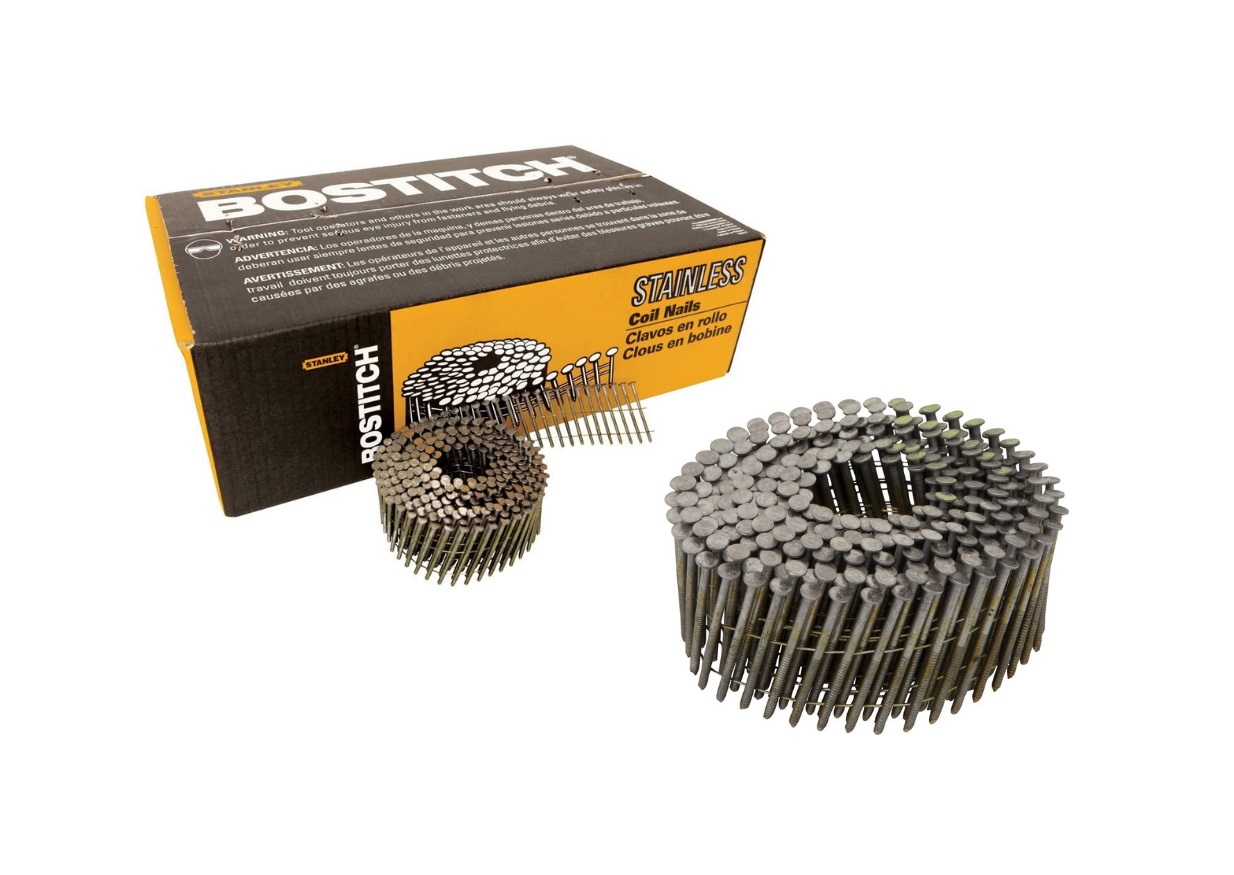


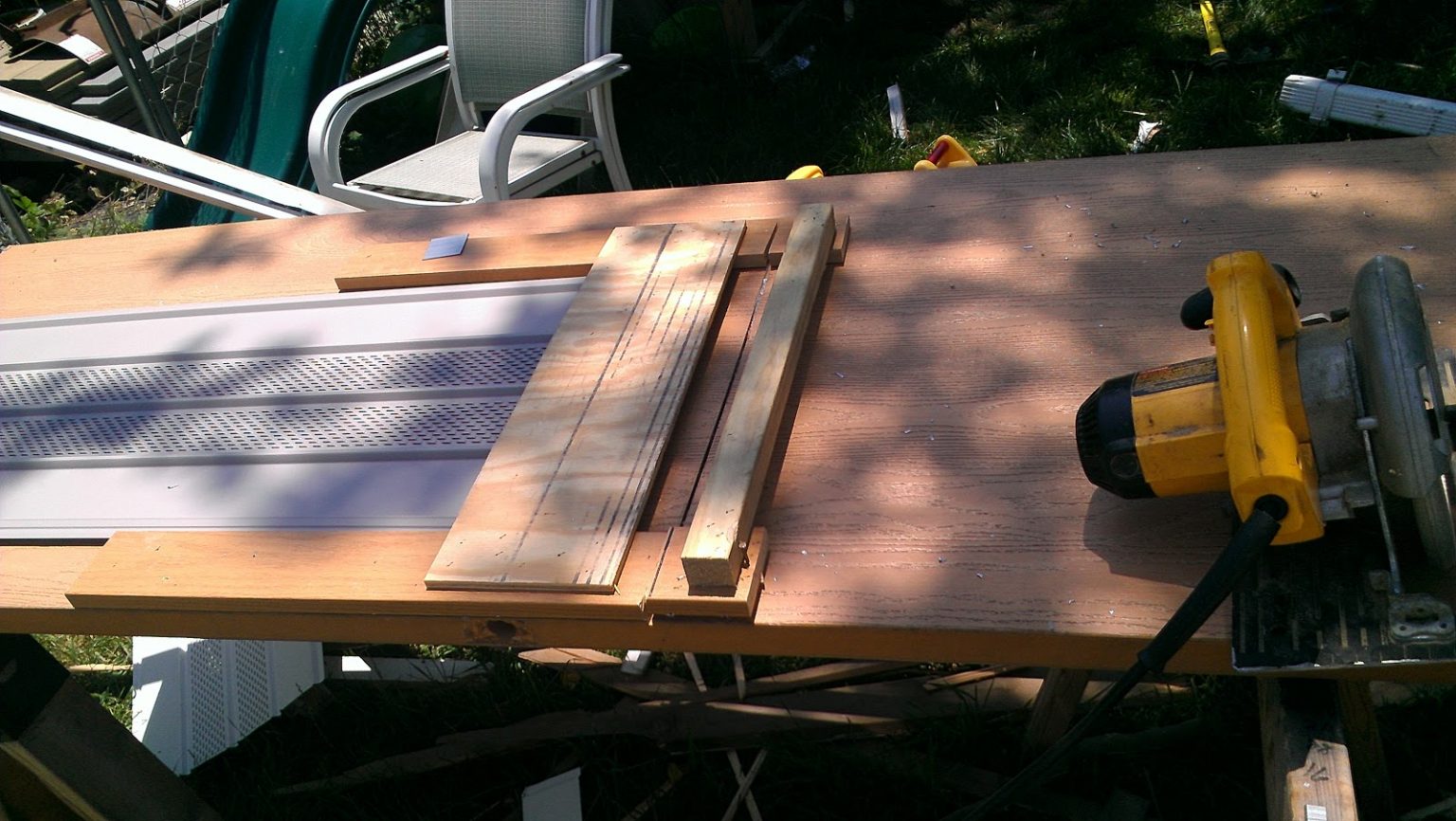
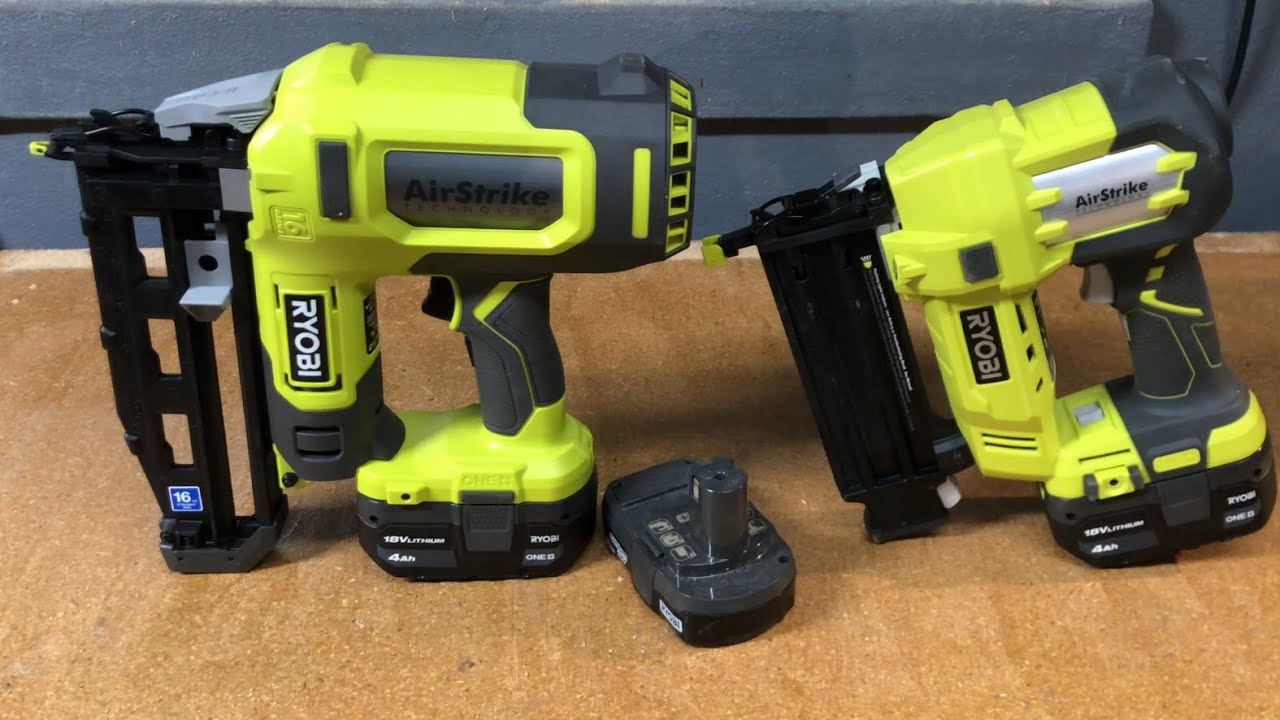

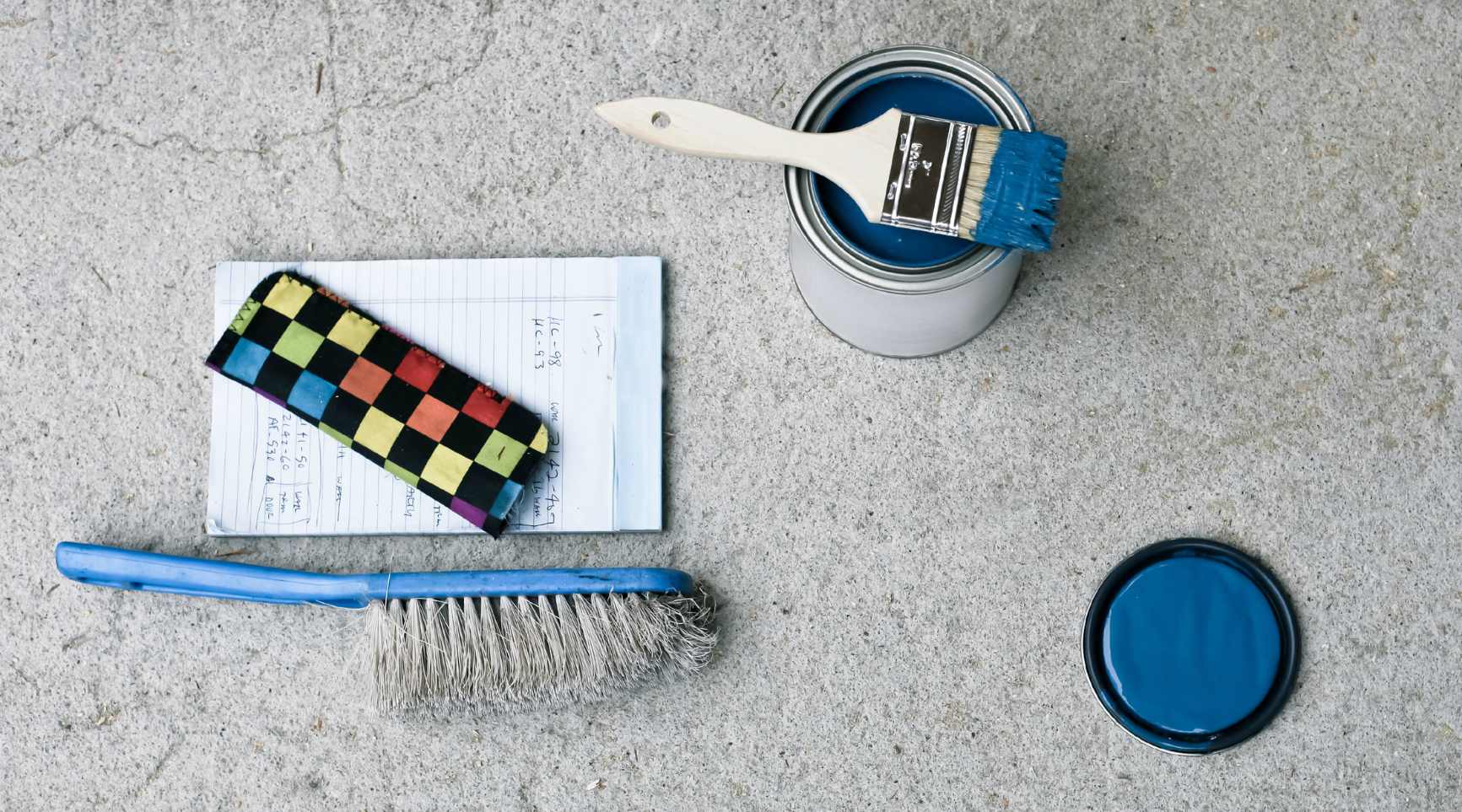

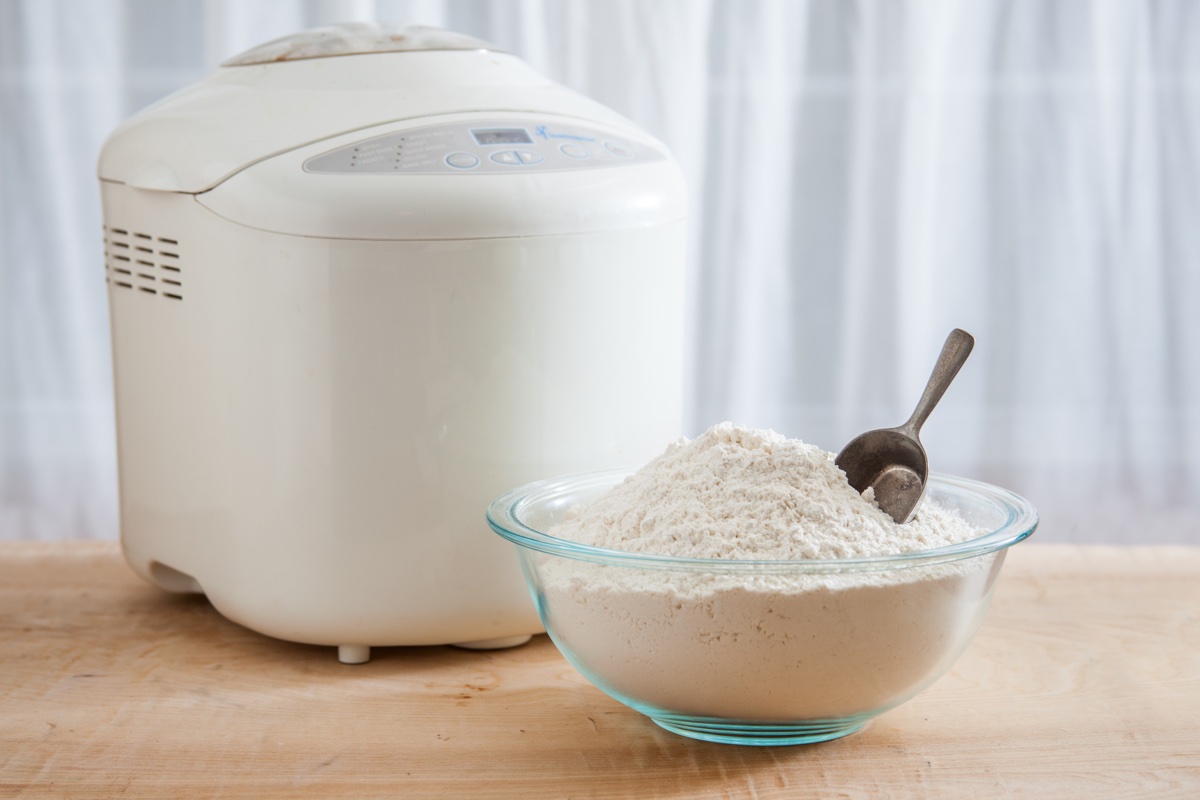
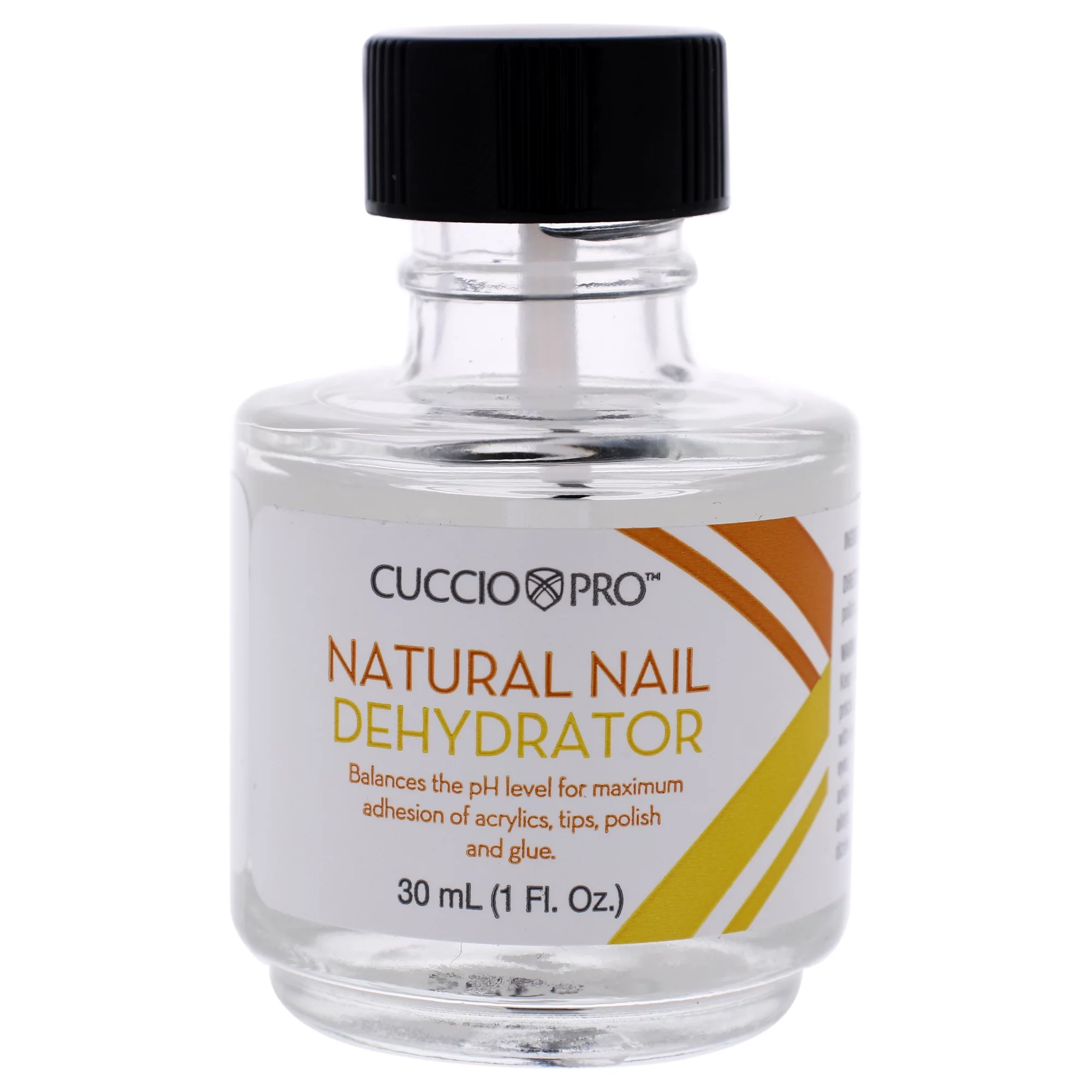
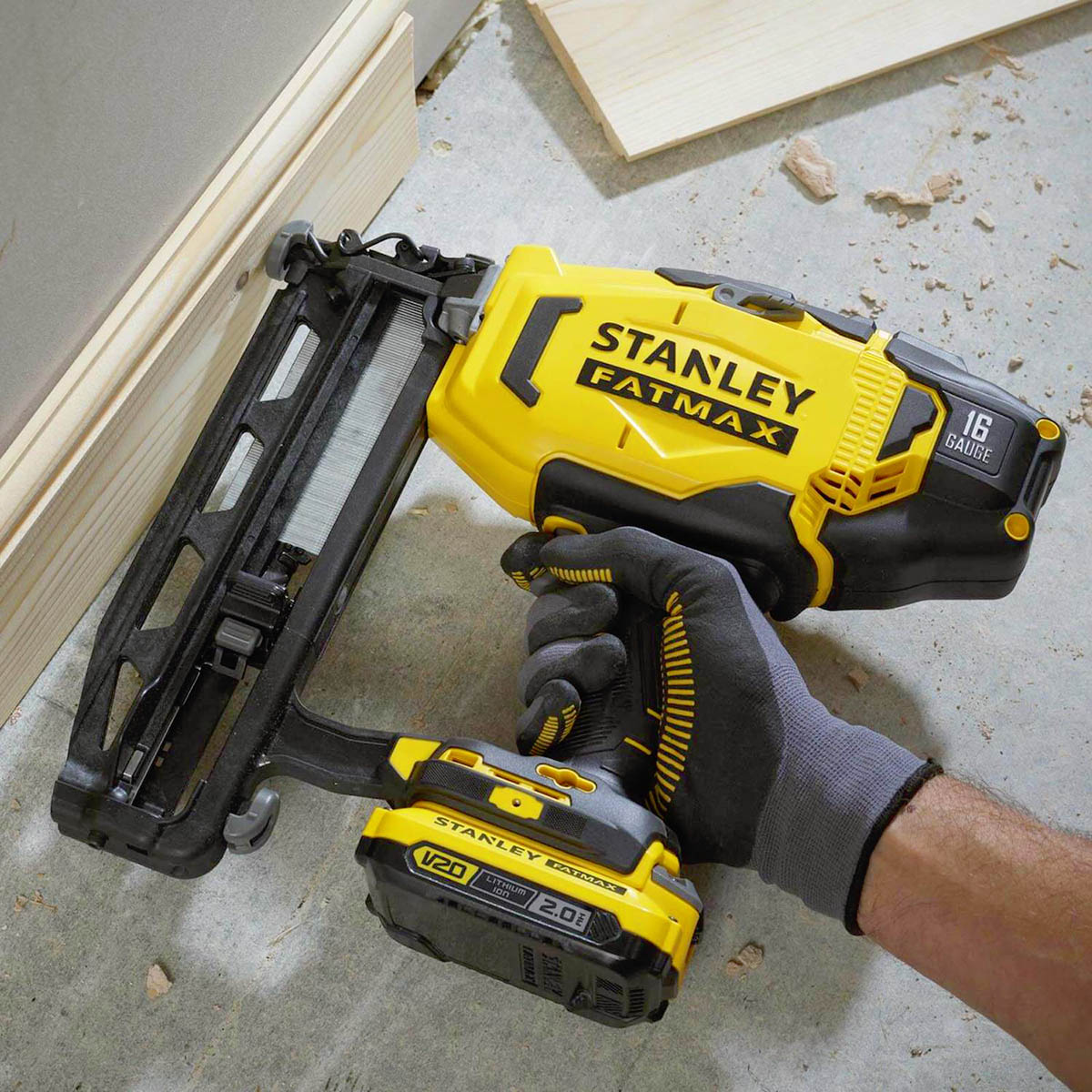
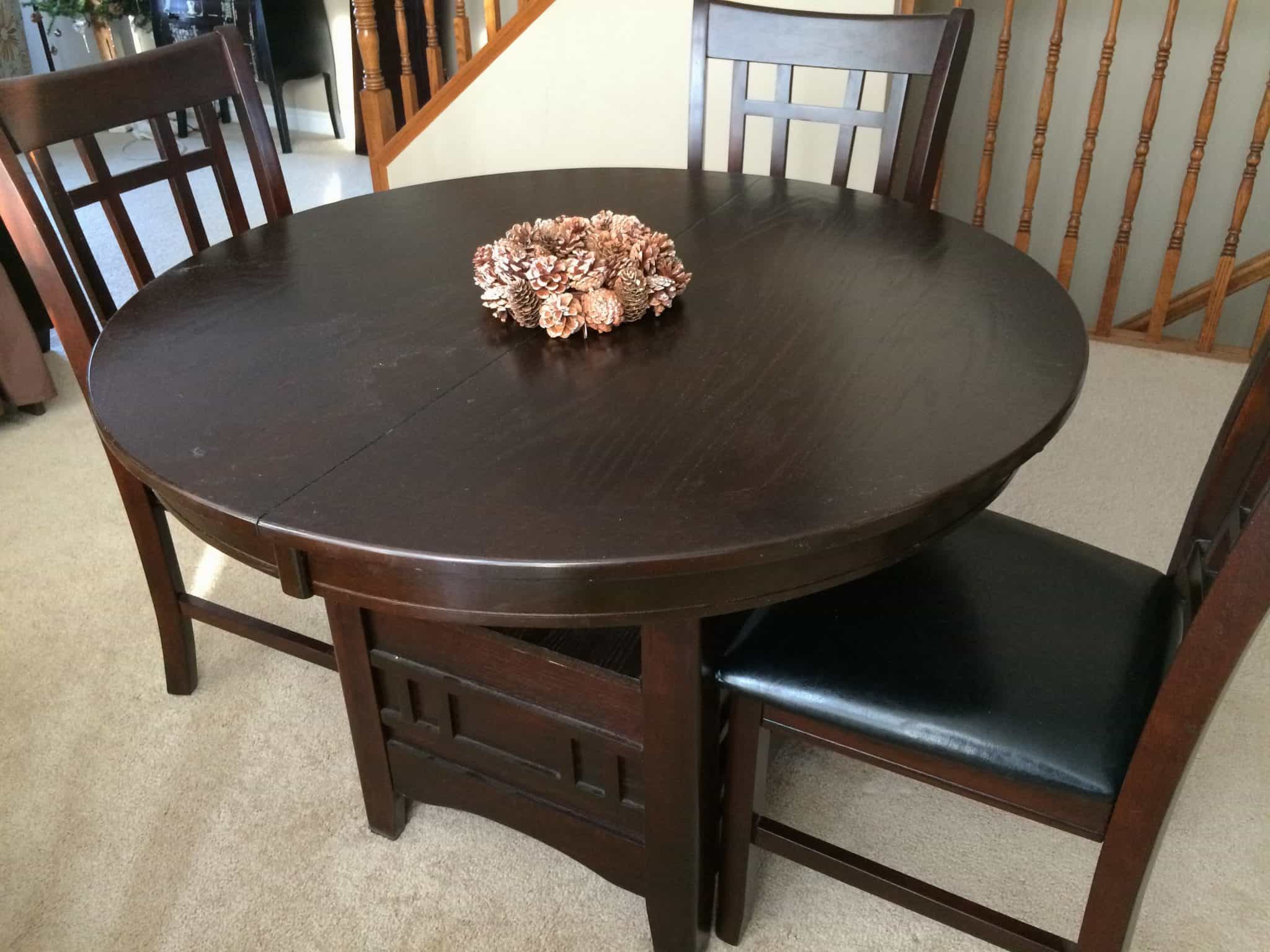



0 thoughts on “What Kind Of Nails Do You Use For Siding”